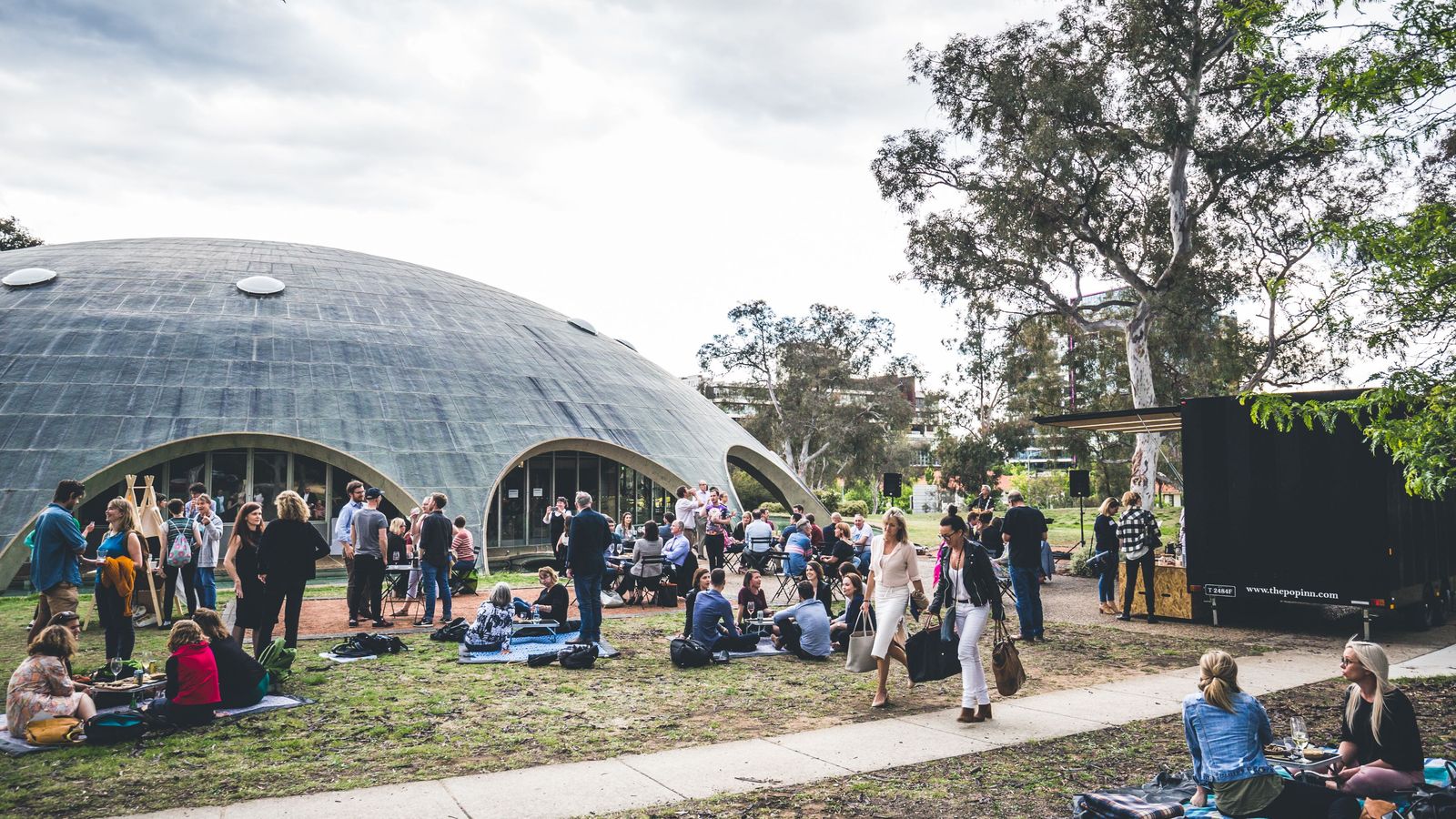The changing nature of design media and the role of writers in promoting ethical design were two reoccurring themes that emerged at the Object Subject conference last week in Canberra. Creative Strategy Associate Penny Craswell reflects on the event, where she presented a panel and spoke as part of the final wrap-up panel.
Last week at Design Canberra, the Object Subject conference focused on design writing and its significance in understanding and influencing current design practice. Keynote speakers were acclaimed London-based design journalist and historian Alice Rawsthorn, who spoke about her forthcoming book Design as an Attitude (due for release 2018) and Sydney-based design writer Dana Tomic Hughes, owner of digital platform Yellowtrace. Panels and papers throughout the day explored topics on design criticism, writing and history, including four panels: Design for social inclusion; Object narratives; Designing Responsibilities and Where do we go from here? and a number of individual presentations. Speakers included magazine editors, design journalists and freelance writers, academics, design historians and curators.
Alice Rawsthorn, renowned amongst design writers as one of the leading voices in contemporary design discourse offered an insight into her theories regarding the role of experimentation in design. Through her conference presentation, and at her public lecture the following day, she argued that it is now more important than ever that this new generation of independent, politically engaged designers fulfil Bauhaus designer László Moholy-Nagy’s statement that “design is an attitude, not a profession.” In doing so, she explored the work of environmental activist designers such as young Dutch engineer and entrepreneur Boyan Slat who has founded The Ocean Clean Up project, as well as design projects offering solutions to humanitarian problems, such as Sehat Kahani, whose project the Tele Health project connects women to female doctors in Pakistan via the internet, offering an option for women who prefer to be diagnosed at home and by a woman doctor.
One of the key themes that was explored was the changing nature of media – and specifically the move from design writing being exclusively the domain of print publishing to a new model of digital publishing and social media – offered opportunities in terms of hearing the voices of those who were previously marginalised or powerless as well as disadvantages in terms of the downgrading of the value of the expert and audiences’ lack of attention span. Ethics and design was also a recurrent theme, making clear the role of writers in highlighting good design, including environmental and humanitarian projects, and calling out bad design or fakes.
My own panel – Object Narratives – offered the chance for me to share my research into how stories are attached to objects, conducted as part of my Masters of Design (Hons), for which I was recently awarded the 2017 UNSW Art and Design Dean’s Award for Research Excellence. After sharing four examples of how narratives can be attached to objects by four design theorists, I invited each of the panellists to share their conception of narrative and design. Trans-disciplinary artist Nicole Monks of Yamatji Wajarri, Dutch and English heritage shared the stories of her ancestors and the kangaroo, describing how they inspired her new series of furniture, developed during her 2016 mentorship with Australian Design Centre supported by Create NSW and presented as part of the ADC exhibition Indigenous Design. Lou Weis shared his own story into furniture as owner of Broached Commissions and how Australian history became the inspiration for the design objects in the collection. And Sarah Rice gave a fascinating insight into how poetry and philosophy inspires object and objects inspire poetry in her own practice.
The conference was a wonderful opportunity to connect with colleagues and critically assess the practice and role of design writing, while learning from each other.
More about Object Subject
Australian Design Centre is also taking part in Design Canberra in the exhibition Home:Made and with a special presentation of the work of Canberra designers in Object Shop.
Image: Object Subject Conference at the Australian Academy of Science's Shine Dome, designed by architect Roy Grounds. Photograph by Davey Barber, Fivefootphotography.

